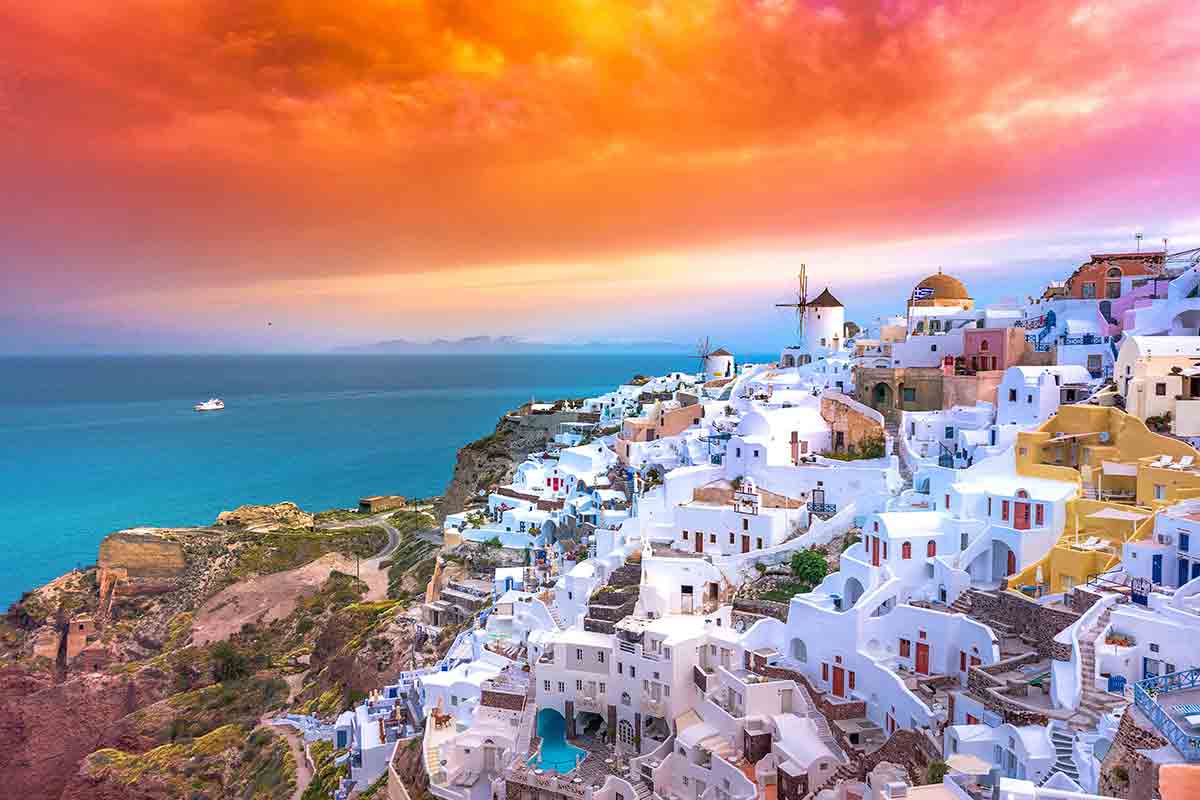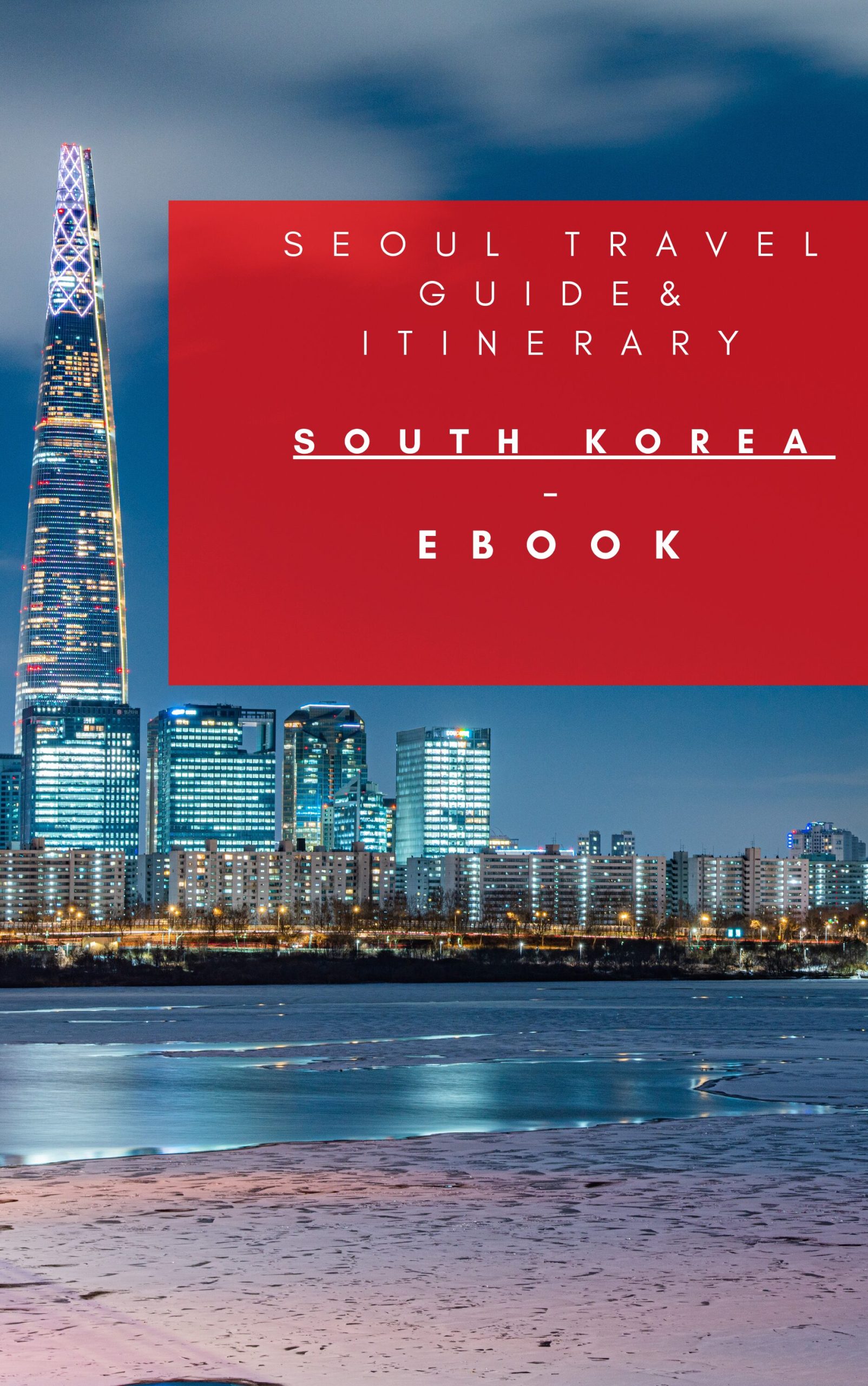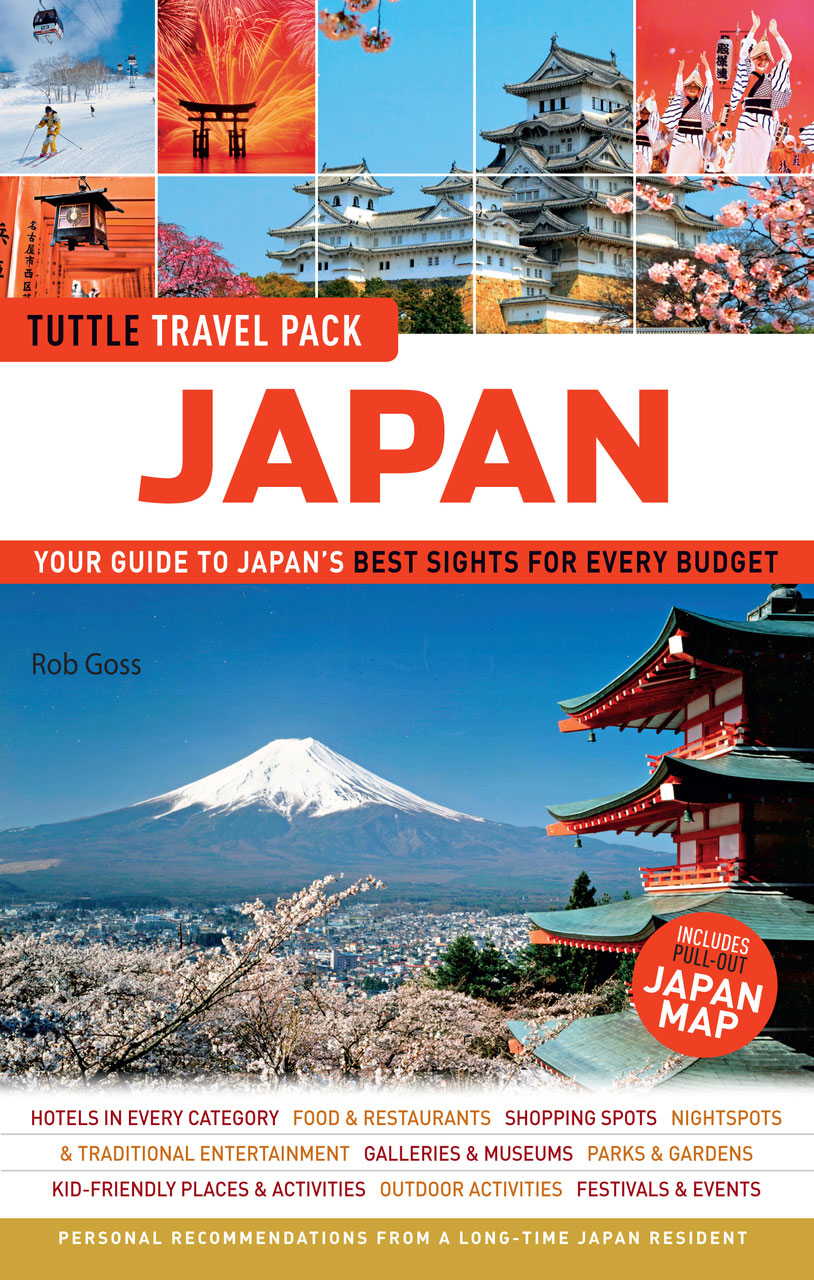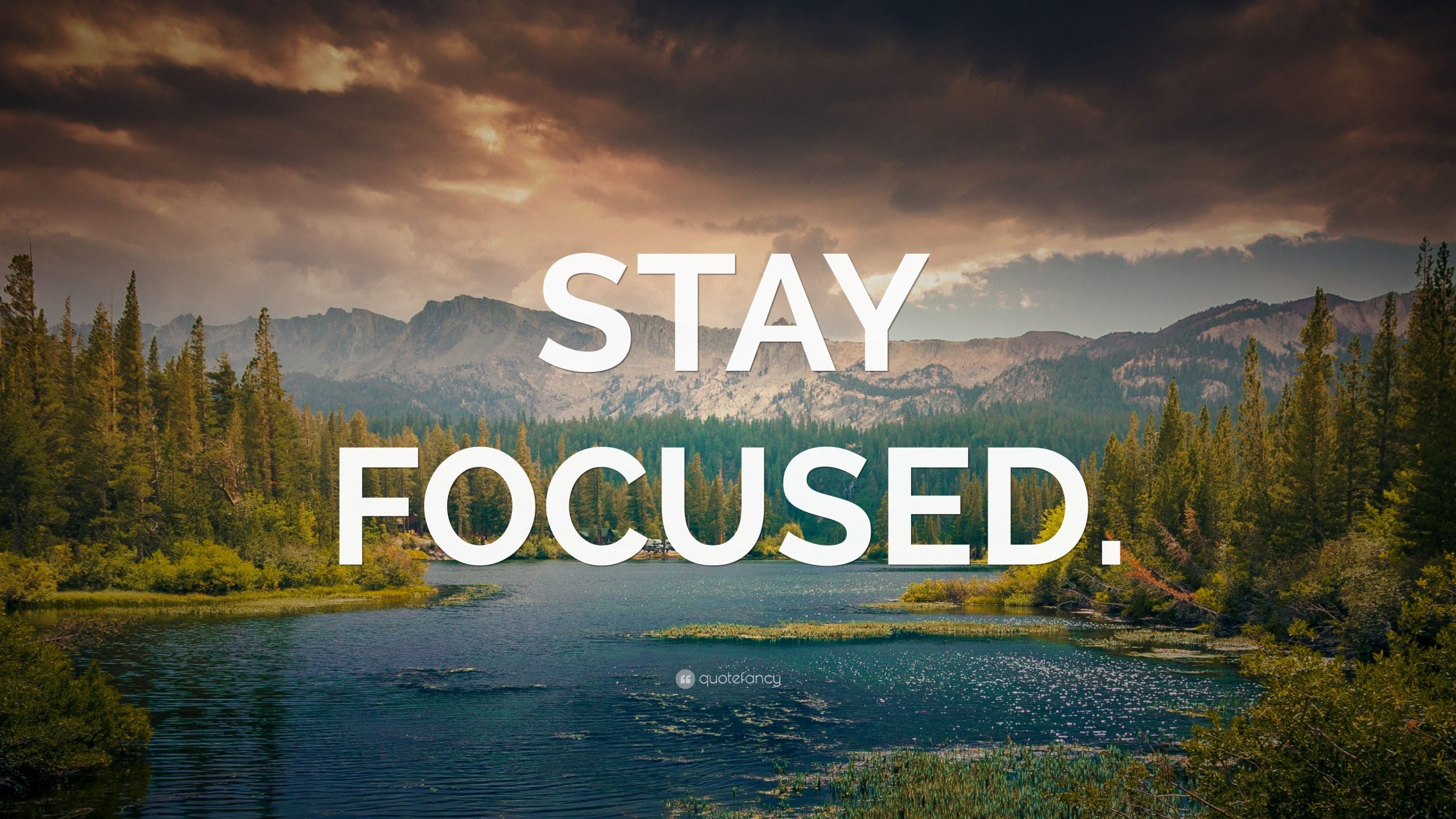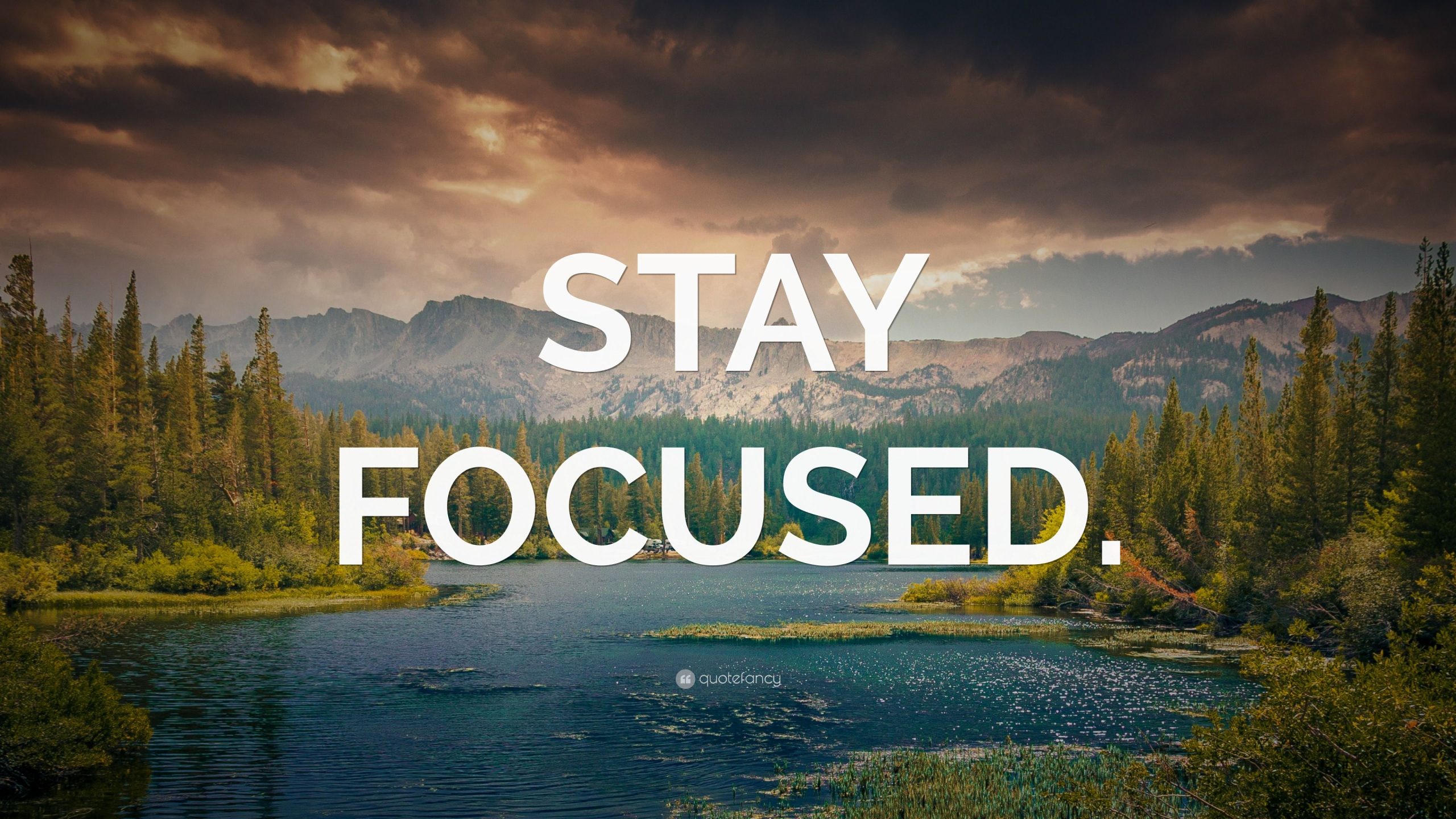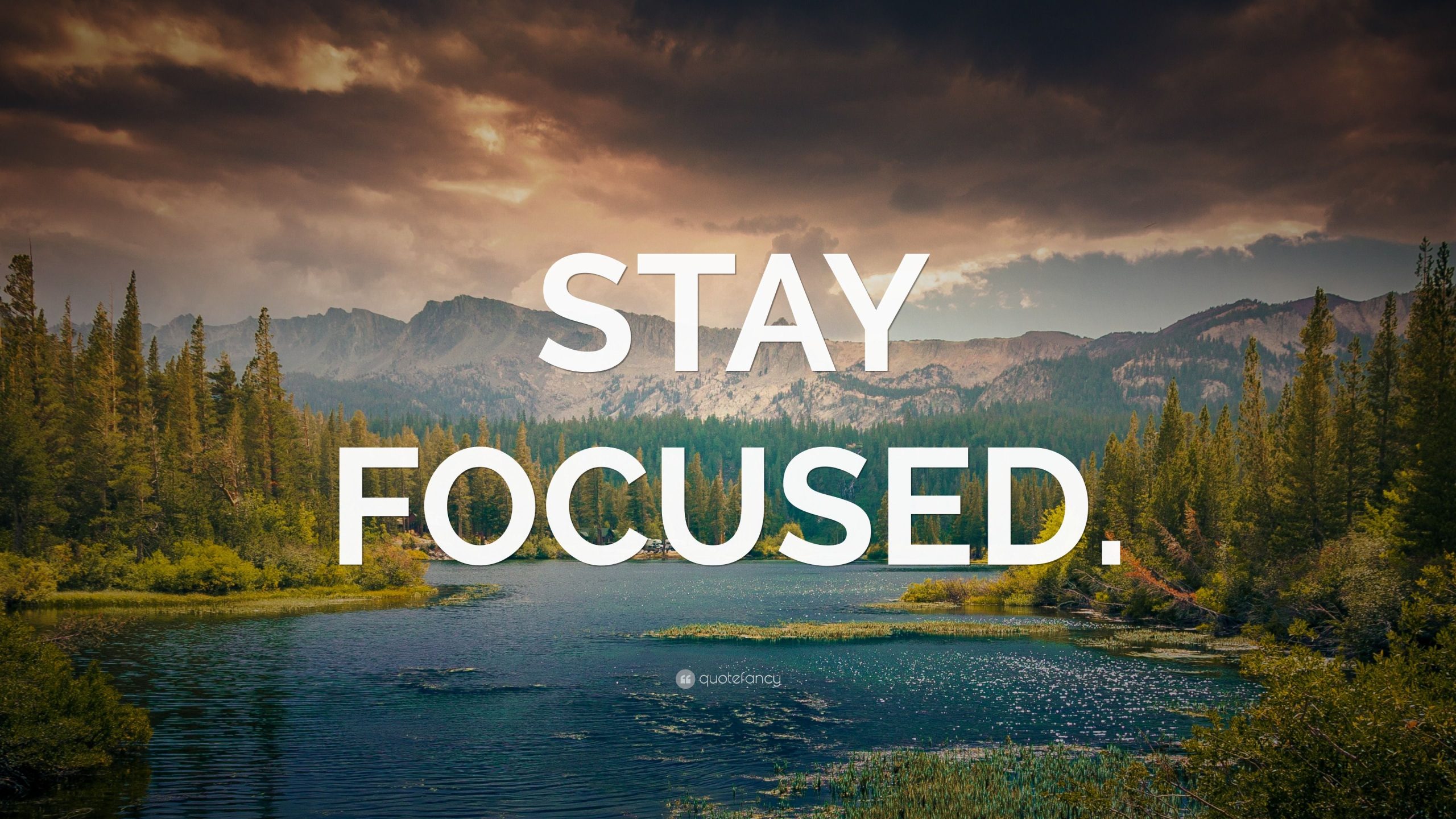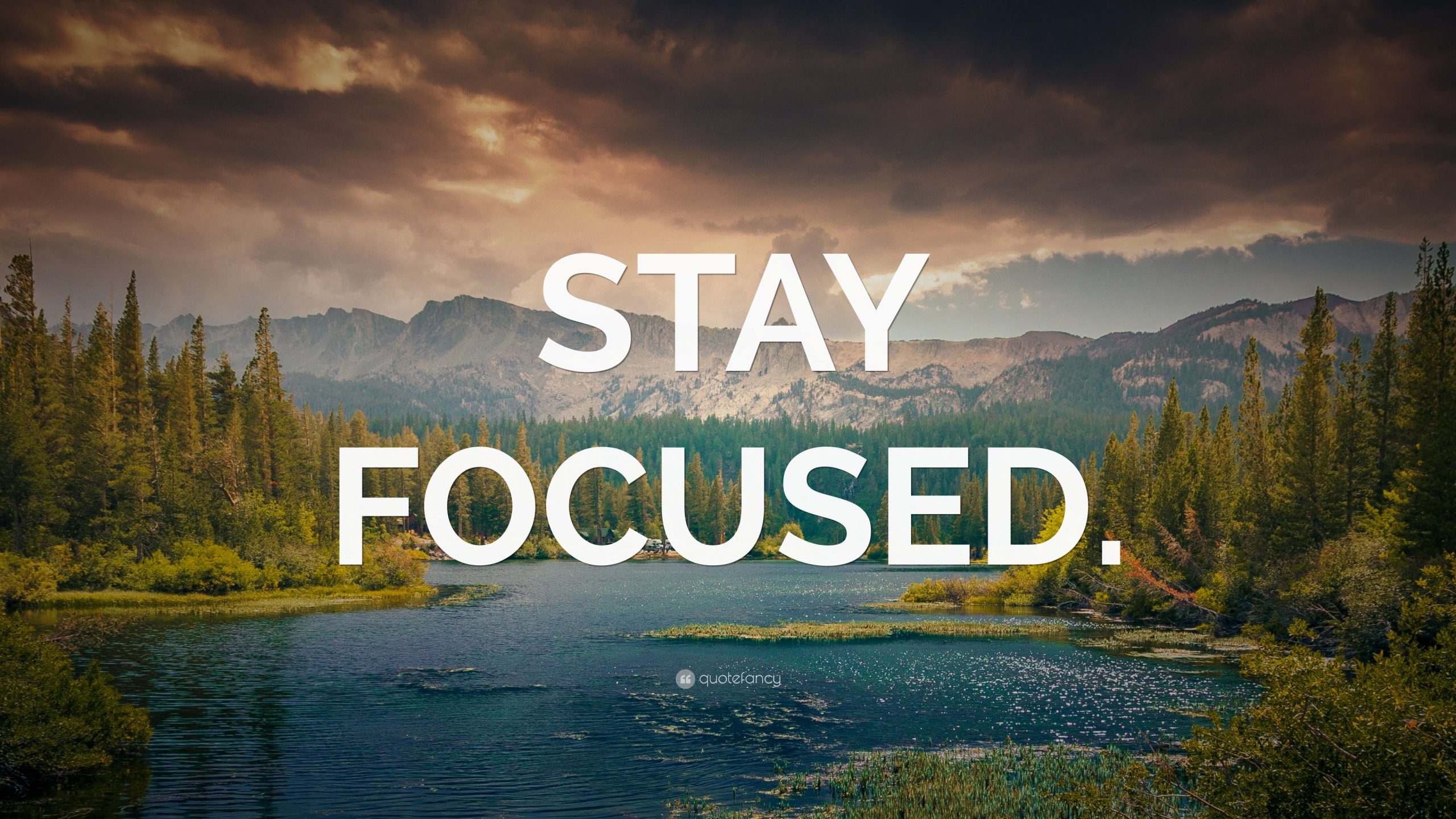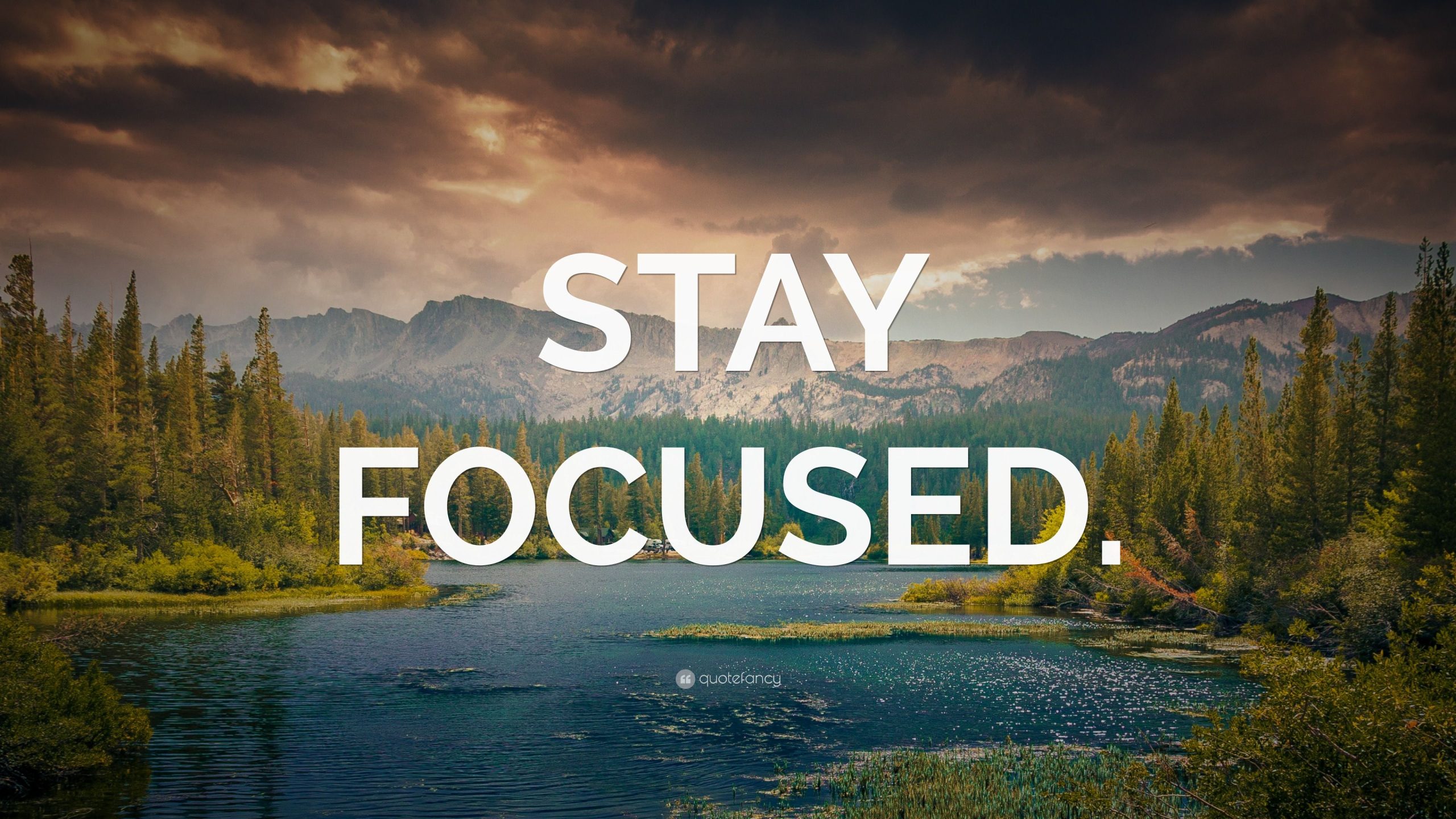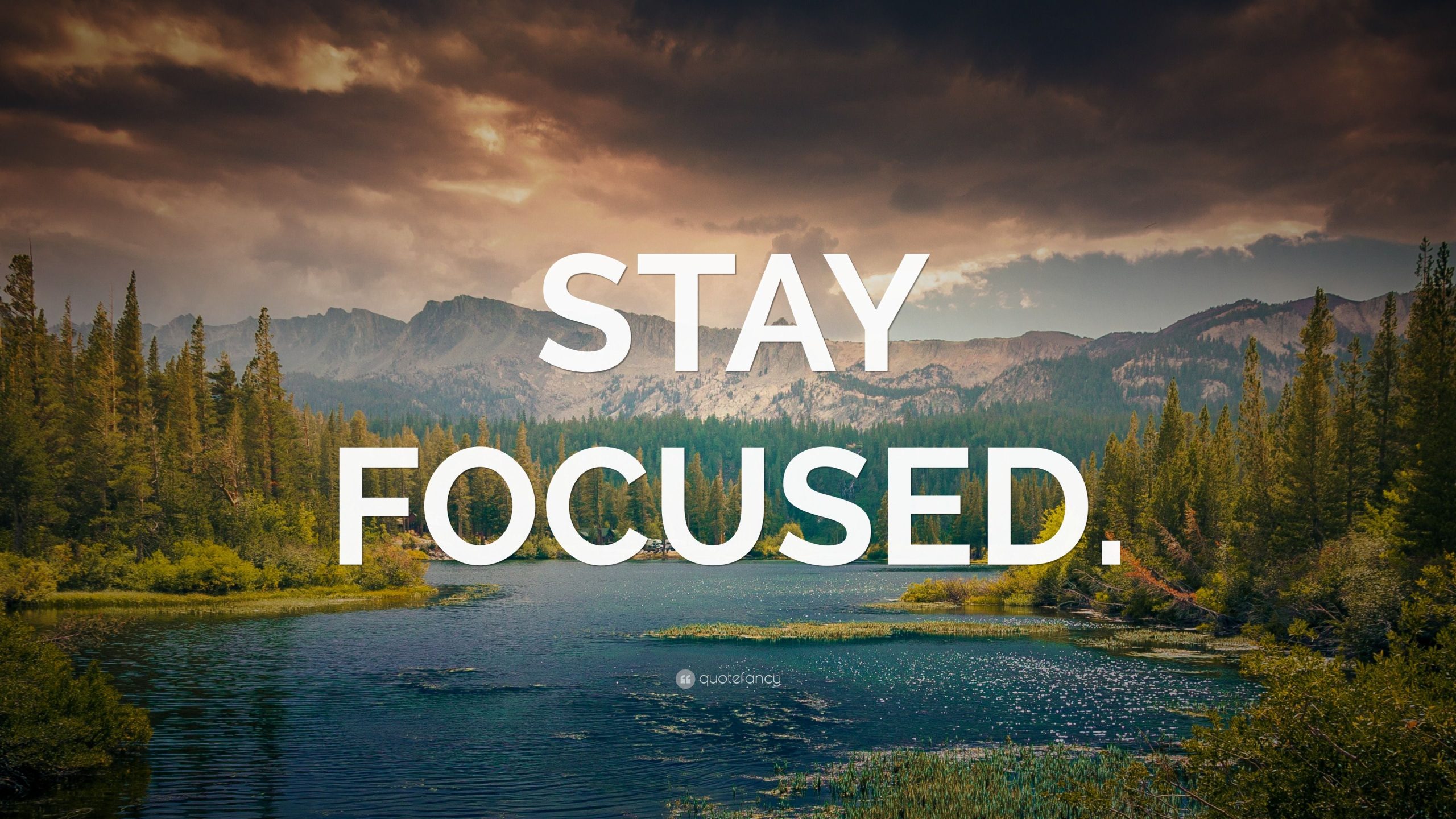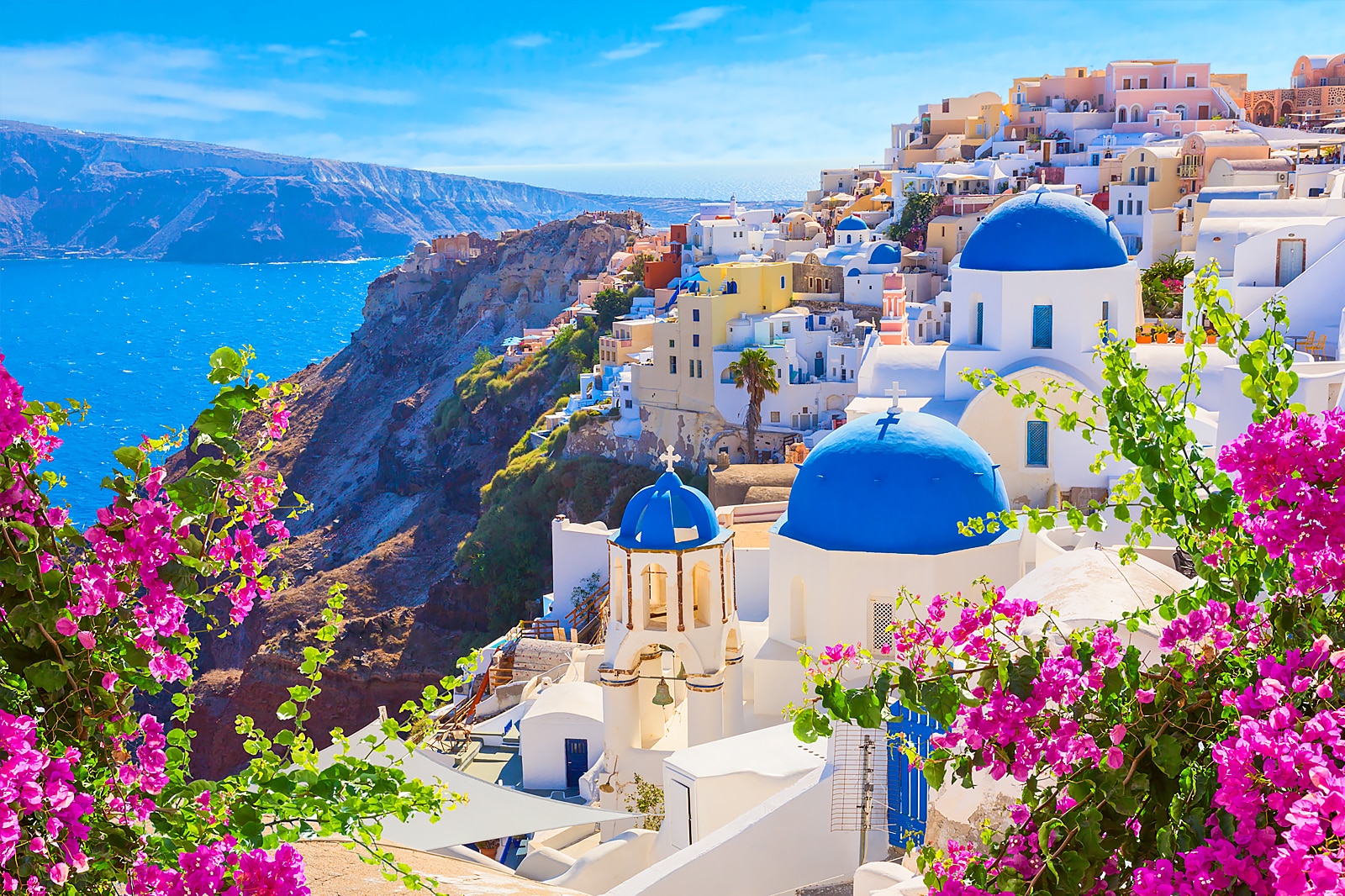
Santorini, the jewel of the Aegean, is more than just a destination; it’s an ethereal experience, a canvas painted with dazzling white villages, cobalt-domed churches, and fiery sunsets that melt into the vast expanse of the sea. Perched precariously atop dramatic cliffs, this crescent-shaped island, the remnant of a colossal volcanic eruption, captivates the soul with its unique geological formations, rich history, and an irresistible charm that has cemented its place as one of the world’s most coveted travel spots.
This 1,600-word article invites you on a virtual journey through Santorini, exploring its captivating history, unveiling its must-visit attractions, offering practical travel tips, guiding you to the best time for your visit, suggesting ideal accommodations, tantalizing your taste buds with local delicacies, and detailing how to navigate its enchanting landscapes.
A Glimpse into Santorini’s Storied Past
Related Articles about Santorini: An Odyssey Through Azure Dreams and Volcanic Whispers:
- Iceland: A Land of Fire and Ice, Adventure and Serenity
- Fiji: A Journey Through the Heart of the South Pacific
- Austria: A Symphony of Imperial Grandeur, Alpine Majesty, and Cultural Riches
- Unveiling Paradise: A Comprehensive Guide to the Best of Bali
- Laos: A Symphony of Serenity, Spirituality, and Untamed Beauty
The dramatic landscape of Santorini is inextricably linked to its tumultuous past. Originally known as Strongyli (the Round One) due to its circular shape, the island’s fate was irrevocably altered around 1600 BCE by one of the largest volcanic eruptions in human history – the Minoan eruption. This cataclysmic event caused the center of the island to collapse into the sea, forming the magnificent caldera we see today, a deep, water-filled crater fringed by towering cliffs.
This eruption also buried the flourishing Minoan city of Akrotiri under layers of volcanic ash, preserving it remarkably, much like Pompeii. Rediscovered in the 20th century, Akrotiri offers an unparalleled window into an advanced Bronze Age civilization, complete with multi-story buildings, elaborate drainage systems, and exquisite frescoes.
Following the eruption, various civilizations left their mark. The Phoenicians, Dorians, and Romans each contributed to the island’s evolving identity. In the Byzantine era, it became a strategic outpost. However, it was during the Venetian rule (13th-16th centuries) that the island acquired its current name, Santorini, a contraction of "Santa Irini" (Saint Irene), the patron saint of the island. The Venetians fortified the island, building "kastelia" (castles) and watchtowers, whose remnants can still be seen in villages like Pyrgos and Akrotiri.
The Ottoman Empire eventually took control, but the island largely retained its Greek character and Orthodox faith. Santorini flourished as a maritime trading hub in the 18th and 19th centuries, its unique volcanic soil also producing renowned wines. In 1912, it officially joined the newly independent Greek state. A devastating earthquake in 1956 leveled many of its traditional cave houses, but the island was painstakingly rebuilt, transforming into the world-famous tourist destination it is today, its history etched into every cliff face and cobblestone.
The Unforgettable Jewels: Main Attractions
Santorini’s allure lies in its diverse array of attractions, each offering a unique perspective on its beauty.
1. Oia: The Quintessence of Romance
Perched on the northern tip of the caldera, Oia (pronounced "Ee-yah") is arguably Santorini’s most famous village, synonymous with postcard-perfect sunsets. Its labyrinthine alleys, whitewashed cave houses, blue-domed churches, and luxury boutiques create an irresistible charm. Visitors flock here to witness the sun dip below the horizon, painting the sky in a symphony of oranges, pinks, and purples. Beyond the sunset, explore the Maritime Museum, browse art galleries, or simply get lost in its enchanting pathways, discovering hidden viewpoints and charming cafes. Ammoudi Bay, a picturesque fishing port beneath Oia, offers fresh seafood tavernas and a refreshing swim.
2. Fira: The Vibrant Capital
Fira, the bustling capital, clings to the caldera’s edge, offering panoramic views that stretch across the volcano and neighboring islands. It’s a hub of activity, with a plethora of shops, restaurants, bars, and hotels catering to all tastes. Don’t miss the Museum of Prehistoric Thera, housing artifacts from Akrotiri, and the Archaeological Museum, showcasing finds from ancient Thera. From Fira, you can take the cable car down to the Old Port, or for a more traditional (and controversial) experience, ride a donkey. The Fira-Oia hiking trail, a challenging but rewarding path along the caldera, also begins here.
3. Imerovigli: The Balcony to the Aegean
Nestled between Fira and Oia, Imerovigli is often referred to as the "balcony of Santorini" due to its elevated position and unparalleled caldera views. It’s quieter and more exclusive than its bustling neighbors, ideal for those seeking tranquility and luxury. The village is home to Skaros Rock, a prominent rocky outcrop that once held a formidable Venetian fortress. A hike to the top offers breathtaking vistas and a sense of historical grandeur.
4. Pyrgos Kallistis: The Highest Point
Unlike the caldera-edge villages, Pyrgos is nestled inland, offering a different perspective of the island. As Santorini’s highest village, it boasts panoramic 360-degree views, encompassing the entire island, the caldera, and the Aegean Sea. Pyrgos is less commercialized, retaining its traditional Cycladic character with narrow, winding paths, old churches, and the ruins of a Venetian Kasteli (fortress) at its apex. It’s a perfect spot to experience authentic island life and enjoy a meal at a traditional taverna away from the crowds.
5. Akrotiri Archaeological Site: A Buried City
Step back in time at the Akrotiri Archaeological Site, often dubbed the "Minoan Pompeii." This incredibly well-preserved Bronze Age city, buried under volcanic ash for millennia, offers a fascinating glimpse into an advanced civilization. Walk on wooden walkways above ancient streets, marvel at multi-story buildings, elaborate drainage systems, and fragments of sophisticated frescoes. It’s a profound historical experience that underscores the island’s dramatic origins.
6. The Unique Beaches: Black, Red, and White
Santorini’s beaches are unlike any other. The volcanic activity has created a palette of unusual sands:
- Perissa & Perivolos: These popular beaches on the southeastern coast are known for their distinctive black volcanic sand and pebbles. They offer organized facilities, water sports, and a lively atmosphere with beach bars and tavernas.
- Red Beach (Kokkini Paralia): Near Akrotiri, this stunning beach is characterized by its dramatic red cliffs and pebbles, a result of iron-rich volcanic rock. It’s a breathtaking sight, though access can be a bit challenging.
- White Beach (Aspri Paralia): Accessible mainly by boat from Red Beach, this secluded cove features white cliffs and dark pebbles, offering a stark contrast to its fiery neighbor.
7. Volcanic Islands & Hot Springs Cruise:
No visit to Santorini is complete without a boat trip into the caldera. These tours typically visit Nea Kameni, the active volcano island, where you can hike to its crater. Next, the boats head to Palea Kameni, where you can swim in the therapeutic, sulfurous hot springs (be prepared for orange-stained swimwear!). It’s a powerful reminder of the geological forces that shaped the island.
8. Santorini Wineries: A Taste of Volcanic Terroir
Santorini is renowned for its unique viticulture. The volcanic soil, high mineral content, and absence of clay create a distinct terroir, producing exceptional wines, particularly the crisp, mineral-driven Assyrtiko white grape. Many wineries, like Santo Wines, Venetsanos Winery, and Estate Argyros, offer tours and tastings, allowing you to sample these exquisite wines while enjoying spectacular caldera views.
Savoring the Flavors: A Culinary Journey
Santorini’s volcanic soil and island isolation have fostered a unique culinary tradition, emphasizing fresh, local ingredients.
- Fava (Yellow Split Pea Puree): A quintessential Santorini dish, this creamy, earthy puree is made from local split peas, often served with olive oil, chopped onions, and capers.
- Tomatokeftedes (Tomato Fritters): Made with the small, intensely flavored Santorini cherry tomatoes, these crispy fritters are a delightful appetizer.
- White Eggplant: Sweeter and less bitter than purple varieties, the local white eggplant is used in various dishes, including moussaka and grilled preparations.
- Chlorotyri: A creamy, slightly salty local goat cheese, often found in salads or as a spread.
- Fresh Seafood: Being an island, fresh fish and seafood are abundant. Grilled octopus, fried calamari, and various fish preparations are staples.
- Capari (Caper Leaves): Unlike the caper berries, Santorini’s caper leaves are often pickled and used in salads or with fava.
- Vinsanto: A sweet, amber-hued dessert wine made from sun-dried grapes, often enjoyed after a meal.
Dine at traditional tavernas in Pyrgos or Megalochori for an authentic experience, or indulge in fine dining with caldera views in Oia and Fira.
Navigating the Island: Transportation Options
Getting around Santorini is relatively straightforward, with several options to suit different preferences and budgets.
- Buses (KTEL): The public bus system is efficient, affordable, and connects Fira (the main hub) to most major villages and beaches. Buses are frequent during peak season but less so in the off-season.
- Taxis: Readily available in Fira and Oia, taxis offer convenience but can be pricey, especially for longer distances or late-night rides. It’s advisable to agree on a fare before starting your journey.
- Rental Cars/ATVs/Scooters: Renting a car, ATV (quad bike), or scooter provides the most flexibility for exploring at your own pace. Be aware that roads can be narrow and winding, parking can be challenging in popular villages, and ATVs require caution, especially on steep roads. An international driving permit is often required.
- Walking/Hiking: Many of Santorini’s villages are best explored on foot. The caldera-edge path between Fira, Firostefani, Imerovigli, and Oia is a famous hiking route offering unparalleled views.
- Boats/Ferries: For trips to the volcanic islands, hot springs, or neighboring islands, boat tours and ferries are essential.
Where to Rest Your Head: Nearby Hotels
Santorini offers a vast range of accommodations, from luxurious cave hotels carved into the cliffs to charming traditional guesthouses and budget-friendly beach resorts.
- Oia & Imerovigli: These villages are synonymous with luxury. Expect opulent cave hotels, infinity pools overlooking the caldera, and unparalleled sunset views. Ideal for honeymoons and romantic getaways, but come with a higher price tag. (e.g., Canaves Oia Epitome, Grace Hotel Santorini).
- Fira: As the capital, Fira offers a wider range of options, from upscale caldera-view hotels to more moderately priced guesthouses. It’s lively and central, with easy access to shops, restaurants, and transportation. (e.g., Atlantis Hotel, Aressana Spa Hotel & Suites).
- Pyrgos & Megalochori: For a more authentic, quieter experience away from the tourist crowds, these traditional inland villages offer charming boutique hotels and guesthouses, often at a better value, allowing you to immerse yourself in local life. (e.g., Carpe Diem Santorini, Vedema, a Luxury Collection Resort).
- Perissa & Perivolos: Located on the southeastern coast, these beach villages are perfect for those prioritizing beach access and a more relaxed, family-friendly atmosphere. They offer a range of hotels, apartments, and studios, generally at more affordable prices than the caldera-side villages. (e.g., Istoria Hotel, Antinea Suites & Spa).
Timing Your Visit: Best Time to Go
Choosing the right time to visit Santorini can significantly impact your experience.
- Shoulder Seasons (April-May & September-October): These are arguably the best times to visit. The weather is pleasantly warm (20-25°C), the crowds are manageable, and prices for flights and accommodation are generally lower than in peak summer. The sea is warm enough for swimming, and all attractions are open.
- Peak Season (June-August): This is when Santorini is at its most vibrant and crowded. Temperatures are hot (28-35°C+), and prices are at their highest. If you don’t mind the heat and the throngs of tourists, the lively atmosphere and long daylight hours are appealing. Booking everything well in advance is crucial.
- Winter (November-March): Santorini in winter is quiet and tranquil. Many hotels, restaurants, and shops close, and ferry schedules are reduced. While the weather can be cool and rainy, it offers a unique, authentic experience for those seeking solitude and dramatic, moody landscapes without the crowds.
Essential Wisdom: Travel Tips for a Seamless Trip
To make the most of your Santorini adventure, keep these practical tips in mind:
- Book in Advance: Especially if traveling during peak season or shoulder months, book flights, accommodations, and popular restaurant reservations well ahead of time.
- Comfortable Footwear: Santorini’s villages are characterized by cobblestone paths, steep inclines, and countless steps. Leave the heels at home and opt for comfortable walking shoes or sandals.
- Hydration & Sun Protection: The Mediterranean sun can be intense. Drink plenty of water, wear a hat, sunglasses, and high-SPF sunscreen.
- Stay Hydrated & Sun-Safe: The Mediterranean sun can be intense. Drink plenty of water, wear a hat, sunglasses, and high-SPF sunscreen.
- Sunset Spots: While Oia is famous, consider alternative sunset viewpoints in Fira, Imerovigli, or even a sunset cruise to avoid the most intense crowds.
- Budget Wisely: Santorini can be an expensive destination. Budget for higher prices, especially for caldera-view accommodations and fine dining.
- Explore Beyond the Caldera: While the caldera views are iconic, venture inland to villages like Pyrgos and Megalochori for a taste of traditional island life and often more authentic culinary experiences.
- Learn Basic Greek Phrases: A few simple Greek phrases like "Kalimera" (good morning), "Efharisto" (thank you), and "Parakalo" (please/you’re welcome) will be appreciated by locals.
- Respect the Environment: Help preserve Santorini’s beauty by being mindful of your waste and respecting local customs.
Conclusion
Santorini is more than just a beautiful island; it’s a testament to nature’s power and human resilience, a place where ancient history intertwines with breathtaking beauty. From the dramatic cliffs of its caldera to its unique black sand beaches, from the archaeological wonders of Akrotiri to the world-renowned sunsets of Oia, every corner of Santorini promises an unforgettable experience. Whether you seek romance, adventure, historical immersion, or simply unparalleled beauty, Santorini offers an odyssey into a dreamscape, leaving an indelible mark on every traveler’s heart. Pack your bags, open your senses, and prepare to be enchanted by the magic of this Cycladic gem.
